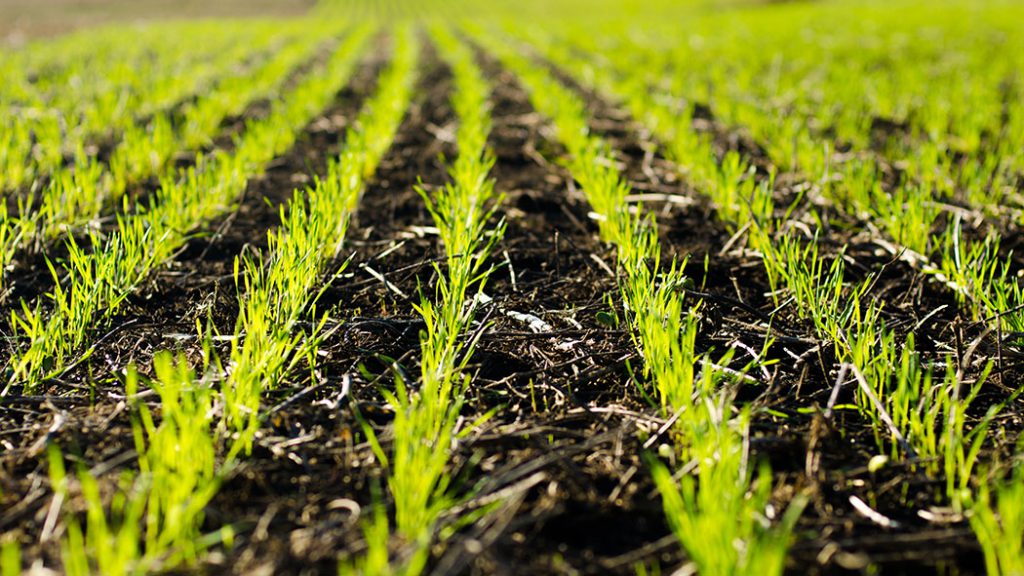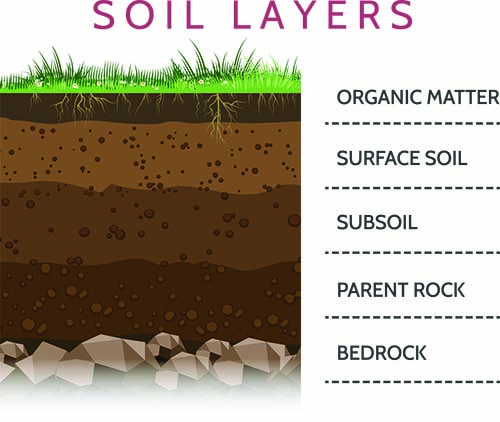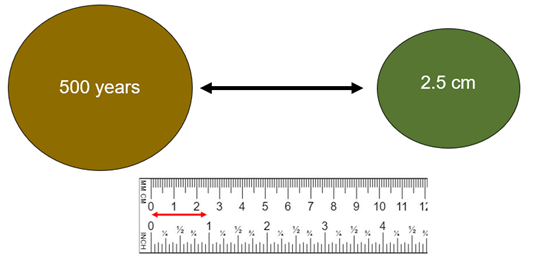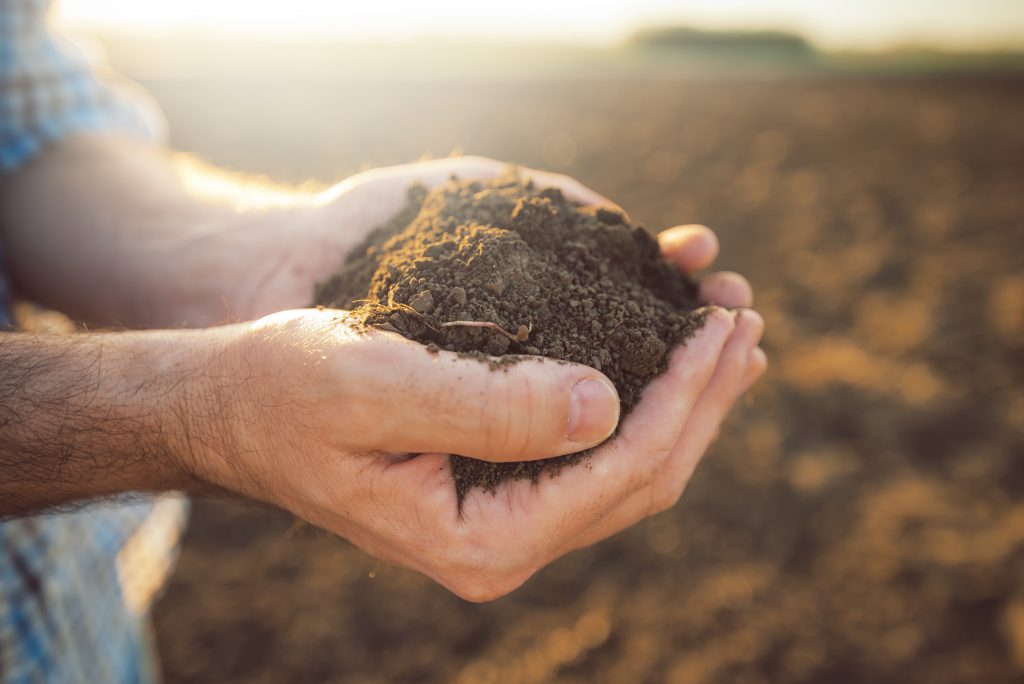It isn’t just dirt!

December 5 is World Soil Day!
You may know it as dirt or mud. It can stick to the bottom of your shoes, get all over your clothes while playing an outdoor sport or while working in the garden. But it isn’t just dirt! Dirt is also called soil. Soil is a living breathing thing and is the foundation of what farmers are able to do in agriculture.
December 5th is recognized as World Soil Day and helps to share the importance of healthy soil and to advocate for the sustainable management of soil resources. This means to advocate, celebrate and share the great ways people such as farmers are working to protect, maintain and keep our soil healthy and fertile.
Soil is an invaluable resource for agricultural production and is one of a farmer’s greatest resources. According to leading researchers, there are billions of soil micro-organisms like in a teaspoon of healthy soil! Soil micro-organisms (also known as microbes) are microscopic life forms like bacteria, fungi, protozoa, nematodes and micro-arthropods. All of them play a vital role in keeping crops healthy and productive.

Farmers play a significant role in building healthy soil as their livelihood relies on it! Without a healthy soil, we wouldn’t have healthy grains or healthy food to eat! Soil is a living, breathing resource that helps farmers grow a healthy and high-quality crop.
Soil
The basic properties of soils are:
- Soil is a habitat for soil organism life
- Soil can store and drain water in a landscape
- Soil can cycle nutrients (absorb, transform and release)
- Soil can provide structure to anchor roots
According to the United Nations (UN) agency, a third of the Earth’s soil is degraded, or the quality of the soil decreases in its ability to support plants or animals. Farmers understand how crucial a healthy soil is and strive to care for, protect and enhance this resource.
There are many efforts underway to better understand our soil resources and how farmers can work to build healthy soils. In fact, since 1981, Ontario’s cropland classified as high risk for soil loss as decreased from 33% to 17%.

Building healthy soils is a journey
Did you know it can take over 500 years to form 2.5 cm of topsoil!

Building healthy soils starts with farmers and some of the practices they use on the farm. Best management practices (BMP’s) are practical ways farmers can conserve soil and water resources without losing productivity. Some of these include: reducing the amount of time the soil is disturbed or turned over (also known as conservation tillage) or testing your soils to find out how productive they are. Farmers are committed to ongoing improvement and want to see this invaluable resource protected for the next generation.
But, soil is complicated! Not all soils are alike and there are many different soils types across Ontario based on three soil texture: sand, silt and clay. How each farmer manages the different soil types vary and there is not a one size fits all approach to managing soil on the farm. And, there can also be different soil types in each individual field.

What are we doing in Ontario?
In Ontario, a soil health strategy was developed called Ontario’s Agricultural Soil Health and Conservation Strategy. This strategy highlights the importance of healthy soils while working collaboratively on soil health research, soil health investments and other related activities to ensure a vibrant agricultural sector.
With the help of farmers, researchers, agronomists and government, we are learning more about our soils. Today, we have a greater understanding of the positive impacts a healthy soil has on a crop production but also the positive impacts to our environment and our economy.
When looking at soil, remember it isn’t just dirt! It’s a living, breathing thing that agriculture relies on! We celebrate World Soil Day to share the importance of this invaluable resource for #YourFarmers but also farmers around the world!



